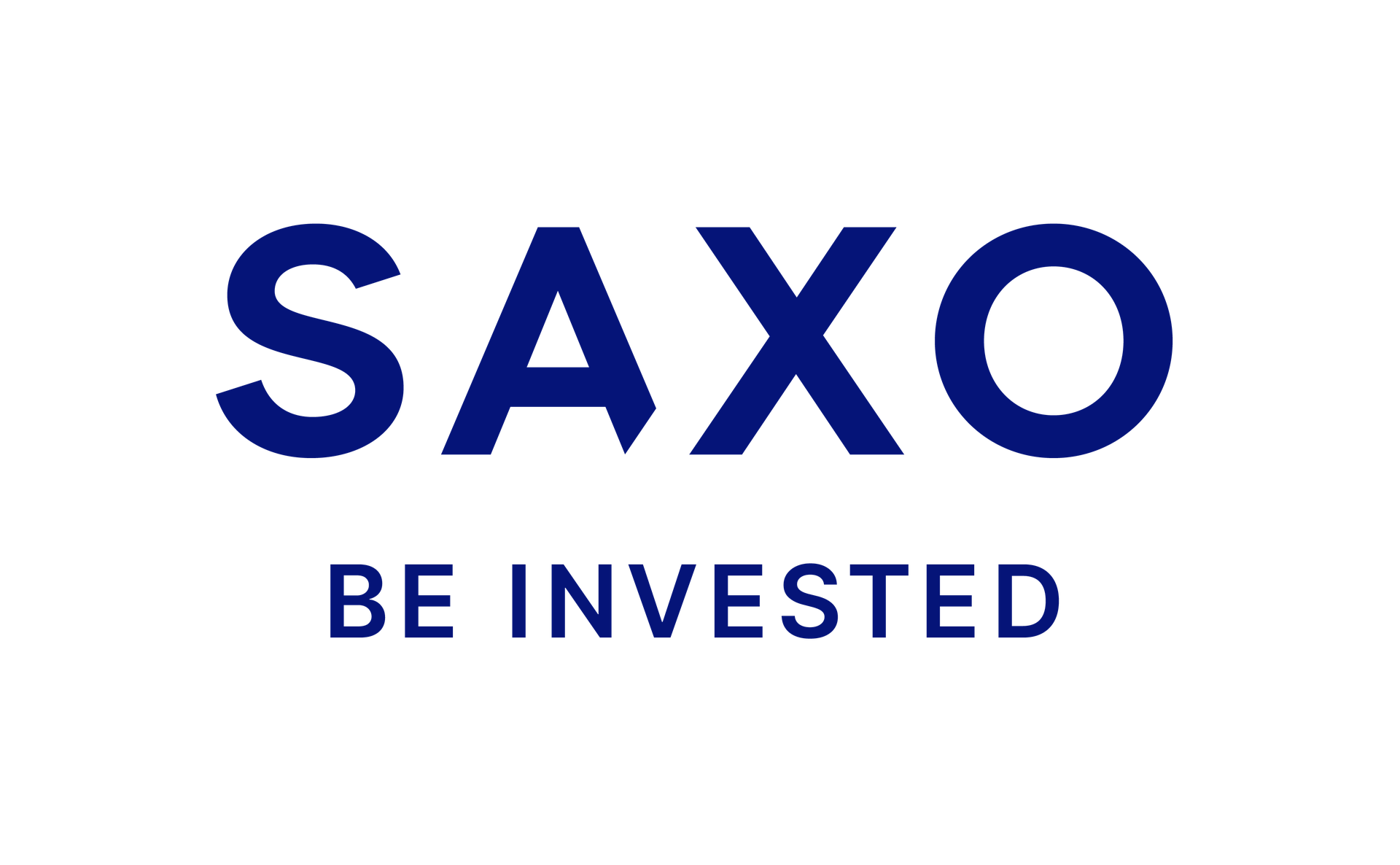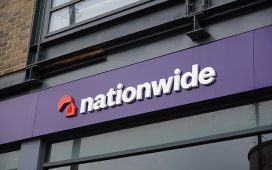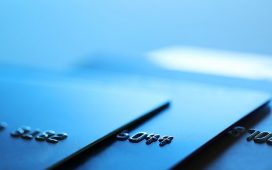I am 45 and have about £7,000 in BAE shares that I have held since I was a child. I have no idea who bought them for me, or when.
They are held as paper share certificates, registered to me at my mum’s address, and the dividends are reinvested to buy new shares.
I would like to sell the shares, especially as there are rumours capital gains tax will rise, but how on earth would I work out my capital gain and if I owe any tax?
I am self-employed and earn about £40,000 a year, so am a basic rate taxpayer and would currently only pay a 10 per cent capital gains tax (CGT) rate.
If it’s going to be too complicated to work out my actual gain, should I just sell all the shares and pay 10 per cent tax on the whole amount above the £3,000 annual allowance? Can I even do that, or would HMRC want more information?

Tax liability: How much capital gains tax do I owe on shares bought for me as a child?
Angharad Carrick, of This Is Money, replies: Plenty of people are starting to think about how much capital gains tax they might have to pay if they want to sell their investments.
There are rumours that the Government will increase CGT in the Autumn Budget to be in line with income tax.
This would mean that the sale of assets, including shares, businesses and second homes, will incur a much higher percentage of tax, so some people are thinking of selling up so they don’t have to pay higher taxes.
With regard to your shares, you will need to work out how much of a gain you have made since the shares were bought for you.
This is complicated because you don’t know exactly when they were bought, or by who.
The first port of call should be to work out how much the shares were originally bought for and then add all subsequent dividend reinvestment purchases, so you can calculate how much of a gain has been made.
As you point out, working this out seems nigh-on impossible, so what can you do?
I asked a tax expert for help with your calculating conundrum.
Robert Salter, tax director at Blick Rothenberg says: In principle, you should be able to calculate the cost of your BAE share pool even in the absence – at this stage – of definitive information about share purchase prices.
For example, you could contact the BAE share registration department, who should be able to confirm when the initial shares were registered to you.
From that date, it should be possible to find out the share value of the initial acquisition.
Similarly, it should be possible to confirm the values of the various shares which have been added to your BAE ‘share pool’ via the dividend reinvestments over the years since.
However, this would be a relatively time-consuming exercise and would require going back perhaps 20 or 30 years.

High flying: BAE’s stock has been flying high after the recent defence boom
Angharad Carrick says: Contacting the BAE Systems share registrar should be your first move and you will have the details on any communications. An internet search reveals that it is Equiniti, but you may find it wants to charge you for the information you need.
If you have already tried and failed to track down this information, or simply don’t want to waste the hours searching for it, there are other options.
As you suggest, you could pay the tax due on any gain above the £3,000 annual capital gains exemption amount, because you will only be paying a relatively small amount of tax.
However, before you consider paying this there are still some ways to bring down your overall tax bill.
Robert Salter says: If you are married or in a civil partnership, you could transfer 50 per cent of the shares to your partner or spouse on a ‘no tax’ basis.
They could then sell those shares separately and benefit from their own annual gains exemption, assuming your they don’t have any other capital gains transactions this tax year.
You could also potentially sell 50 per cent of the shares in the 2024/25 UK tax year and the remaining 50 per cent of the shares in 2025/26.
Either of these approaches would (at least as the rules presently stand) reduce your CGT liability compared to simply selling all the shares in one lump sum.
Angharad Carrick says: Gifting your shares to your partner or spouse, or to charity, might be an easier option for you.
However, remember that if they later sell your shares they may have to pay tax on any of that gain, which will be calculated on the difference in value between when you first owned the asset and when they disposed of it.
There is one final option which would make the process of calculating your CGT liability a lot easier, but this will require you finding out whether the shares were bought before 31 March 1982.
Robert Salter adds: If any of your shares were acquired before 31 March 1982, which might be possible in this case, you can re-base the value of the initial share pool to their value at that date. That is instead of using the official share purchase prices.
For example, you may find that any share pool basis cost calculation is simpler, if you’re able to use the 31 March 1982 values for the initially held shares, rather than the actual share purchase prices.
DIY INVESTING PLATFORMS

AJ Bell

AJ Bell
Easy investing and ready-made portfolios

Hargreaves Lansdown

Hargreaves Lansdown
Free fund dealing and investment ideas

interactive investor

interactive investor
Flat-fee investing from £4.99 per month

Saxo

Saxo
Get £200 back in trading fees

Trading 212

Trading 212
Free dealing and no account fee
Affiliate links: If you take out a product This is Money may earn a commission. These deals are chosen by our editorial team, as we think they are worth highlighting. This does not affect our editorial independence.
Some links in this article may be affiliate links. If you click on them we may earn a small commission. That helps us fund This Is Money, and keep it free to use. We do not write articles to promote products. We do not allow any commercial relationship to affect our editorial independence.











